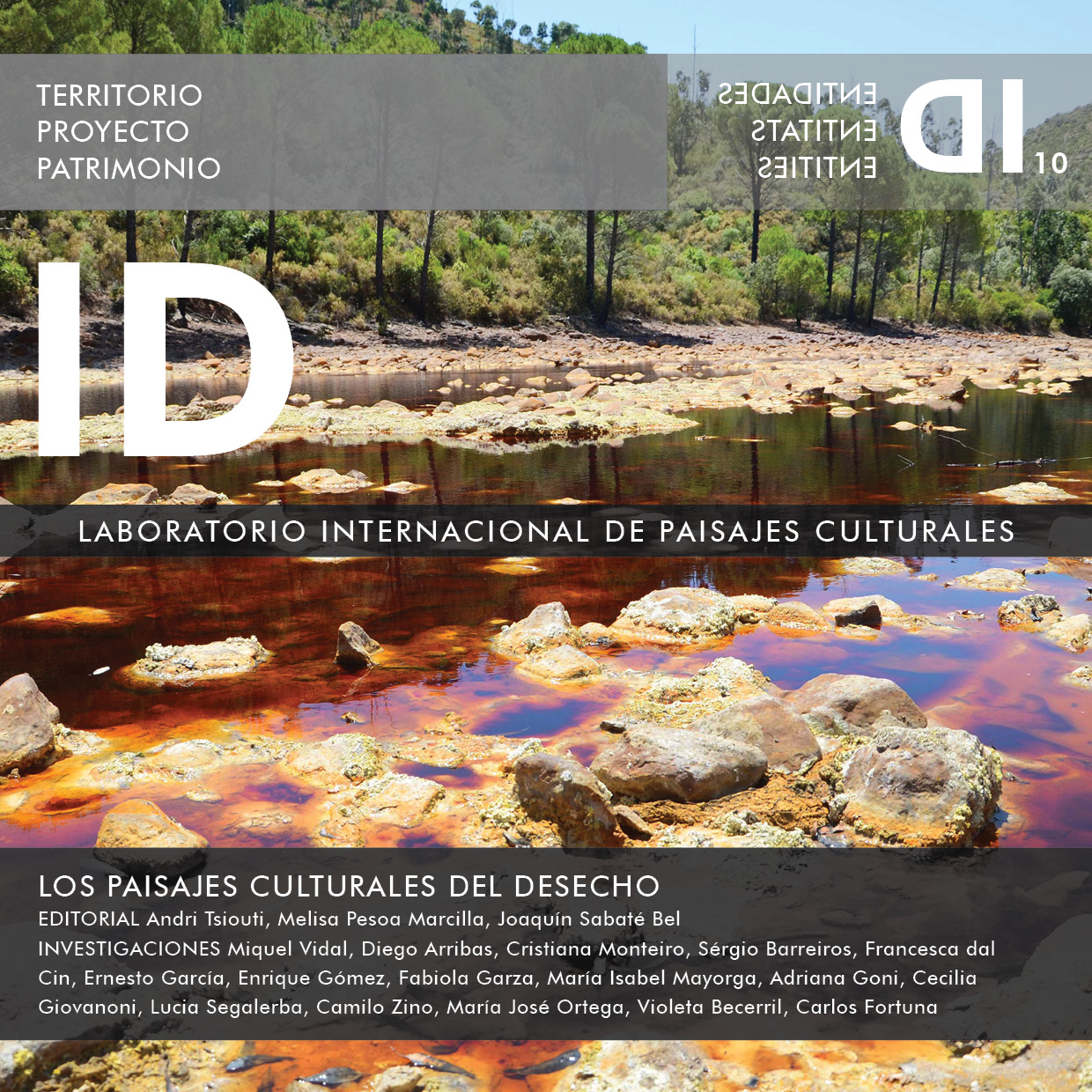Transnational Coal Mining and Territorial Dynamics in Colombia
Extractivism and urban-regional processes in the department of Cesar
DOI:
https://doi.org/10.5821/id.10771Abstract
Cities consume over two-thirds of the world’s energy; this demand tends to increase due to the urbanization process. Despite alternative sources, coal generates about 40 percent of total electricity. The supply of this fuel to thermal power plants is supported by transnational coal mining, a global activity that, due to its characteristics, transforms territories causing various impacts. In this paper, regional and urban dynamics related to the extractivist model are analyzed in the department of Cesar, Colombia, where a mining complex of international relevance is located. The research identifies the effects of the development of the coal sector and contradictions between economic policies and territorial planning. It was found that in the studied area, mining affects the quality of life and a territorial conversion is required.
Downloads
Published
Issue
Section
License
Copyright (c) 2021 Creative Commons

This work is licensed under a Creative Commons Attribution-NonCommercial-ShareAlike 4.0 International License.
Those authors who have publications with this journal, accept the following terms:
a. Authors will retain their copyright and guarantee the journal the right of first publication of their work, which will be simultaneously subject to the Creative Commons CC BY-NC-ND-4.0 recognition license that allows third parties to share the work provided that its author and its first publication are indicated in this journal, but they cannot be changed or used commercially.
b. Authors may adopt other non-exclusive license agreements for the distribution of the version of the published work (eg: deposit it in an institutional telematic archive or publish it in a monographic volume) provided that the initial publication in this journal is indicated.
c. Authors are allowed and recommended to disseminate their work through the Internet (e.g. in institutional telematic files or on their website) before and during the submission process, which can lead to interesting exchanges and increase citations. of the published work. (See The effect of open access).













